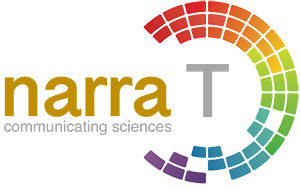Enhancing dermoscopic pigmented skin lesion classification: A refined approach using the pre-trained Inception-V3 architecture
DOI:
https://doi.org/10.52225/narra.v5i2.1852Keywords:
Medical image processing, dermoscopy, pigmented skin lesion, convolutional neural network, Inception-V3Abstract
Skin cancer is one of the most prevalent cancers worldwide, with early diagnosis being critical for improving survival rates. Dermoscopy, a non-invasive imaging tool, is widely used for identifying pigmented skin lesions. However, its accuracy is heavily dependent on expert interpretation, which introduces variability and limits accessibility in resource-constrained settings. This highlighted the need for automated solutions to enhance diagnostic consistency and aid in early detection. The aim of this study was to develop a refined machine-learning framework for classifying pigmented skin lesions using dermoscopy images. We employed an enhanced Inception-V3 model, a state-of-the-art convolutional neural network, integrated with a simplified soft-attention mechanism, advanced data augmentation techniques, and Bayesian hyperparameter tuning. These innovations improved the model’s ability to accurately focus on and identify relevant lesion features, marking a significant advancement in the field. Using the ISIC-2019 dataset, a publicly available resource containing dermoscopy images classified into eight diagnostic categories, we implemented preprocessing steps such as resizing, cleaning, and data balancing. Additionally, ImageNet transfer learning and Bayesian optimization were applied to refine the model. The inclusion of a soft-attention mechanism further enhanced the model’s capacity to identify patterns within lesion images. Our model exhibited outstanding performance on the ISIC-2019 dataset, achieving a sensitivity of 98.5%, specificity of 99.62%, precision of 97.42%, accuracy of 97.38%, an F1 score of 97.34%, and an area under the curve (AUC) of 0.99. These metrics underscored the model’s superior capability in accurate and reliable classification of pigmented skin lesions, surpassing current benchmarks and demonstrating significant advancements over existing methodologies.
Downloads
Downloads
How to Cite
Issue
Section
Citations
License
Copyright (c) 2025 Erwin S. Nugroho, Igi Ardiyanto, Hanung A. Nugroho

This work is licensed under a Creative Commons Attribution-NonCommercial 4.0 International License.



